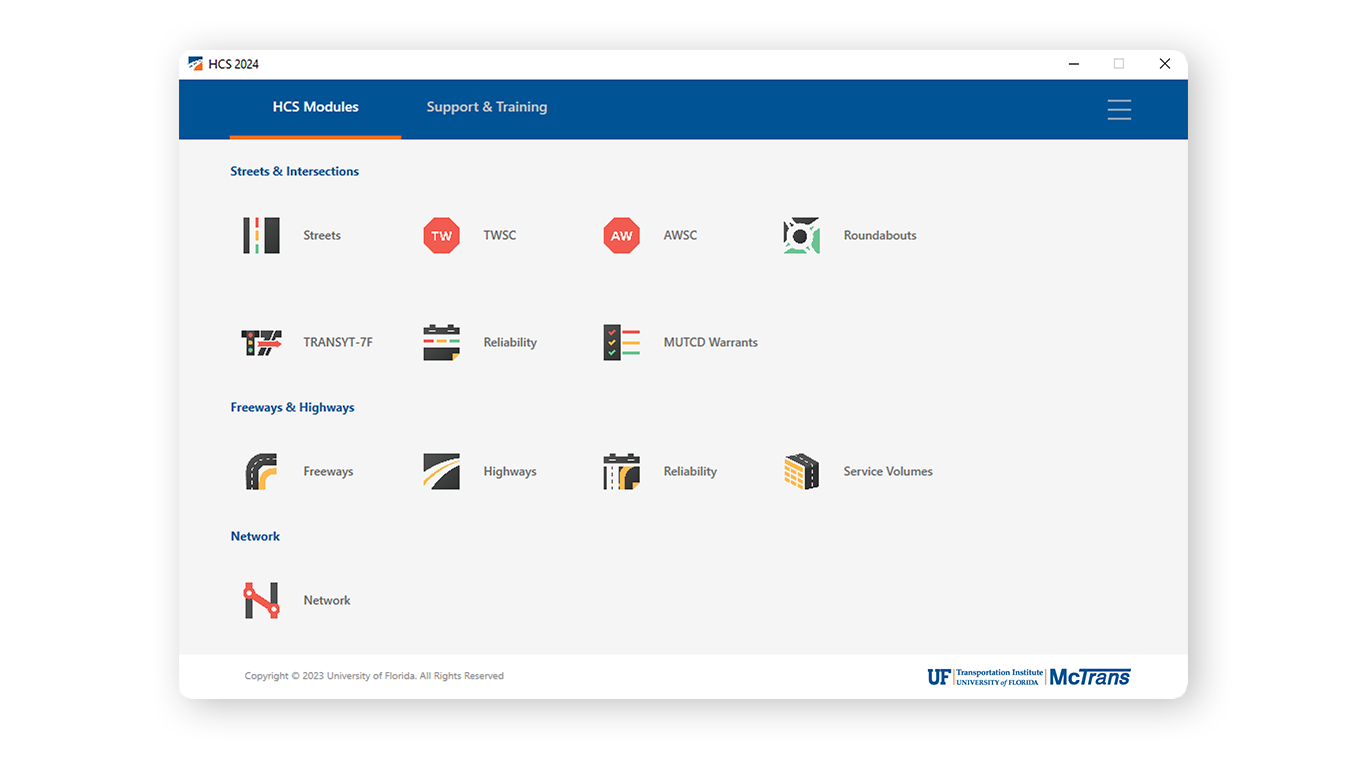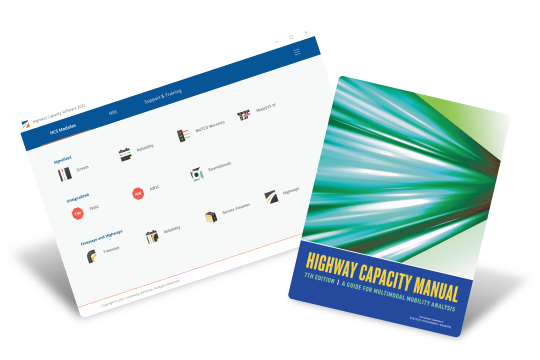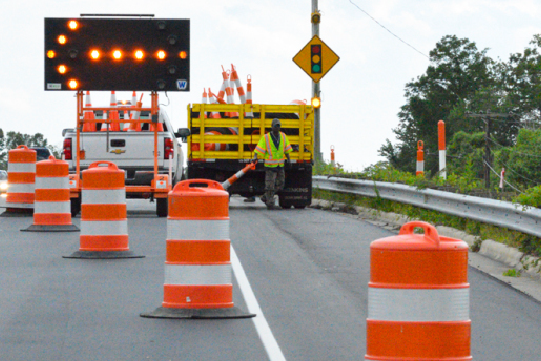
HCS 2024 Release
The new version of the Highway Capacity Software (HCS) is available from January 2024. The software is updated annually to improve functionality and incorporate updates from the Highway Capacity Manual. Explore the latest additions and features added to the new version release.


HCS 2022 Release
HCS 2022 is now available with the 7th Edition of Highway Capacity Manual (2022) additions on Connected and Automated Vehicles (CAVs), revised pedestrian method, new two-lane highways method, etc.
Highway Capacity Software
The Highway Capacity Software faithfully implements methods and procedures documented in the Highway Capacity Manual (HCM). It can perform both planning and operational level analyses for surface streets, including intersections, freeways, arterials, etc. The underlying HCS model utilizes a multi-million dollar worth of traffic engineering research and a significant peer review process both at the research level and TRB committee level for HCM adoption.
The HCM uses a macroscopic approach to model traffic on the surface streets. As such, the use of HCS requires relatively fewer inputs to be collected and time to be spent on modeling and calibrating the facilities. This capability brings an economic aspect for the users to model traffic and predict a variety of performance measures for defined alternatives.
It has been over 35 years that HCS faithfully implements methods in the HCM. When any updates become available for HCM, the McTrans team implements the updates and releases a newer version of HCS. HCS enables its users to access the latest updates and ensure that they use the latest methods in the HCM. Currently, about 15,000 users worldwide are using HCS!



What can HCS model?
HCS can model a diverse set of surface street facilities, including:
Examples of HCS Analyses
HCS can help with the following:
- Analyze work zones on freeways and arterials
- Analyze managed lanes including High Occupancy Vehicles (HOV) and High Occupancy Toll (HOT) lanes
- Analyze whole year or Reliability analyses for both arterials and freeways
- Assess and improve signal timing via HCS and TRANSYT-7F algorithms
- Analyze Active Traffic Management analyses for arterials and freeways

Macroscopic Traffic Simulation
As the underlying HCS/HCM method, the macroscopic traffic simulation can perform a multi-time period analysis, expanding the range of study to 24 hours. The multi-time period analysis capability enables modeling congestion and the queues on arterials and freeways that stretch beyond peak periods. This feature brings an additional level of accuracy in predicting performance measures in relatively congested areas.

Technical Support
We are famous for providing support to our customers in an expedited way. Our customers only need to let us know their questions or where they stopped in their analyses, and the McTrans HCM Subject Matter Expert (SME) team will get back to them near-instantly to provide help and support. McTrans currently has a group of half a dozen HCM subject matter experts, some serving at the TRB Committee on Highway Capacity and Quality of Service, which oversees HCM content. Some have devoted more than a decade to contribute to the national-level research projects developing methods for HCM.
Contact us via email at mctrans@ce.ufl.edu or call us at 800-226-1013.